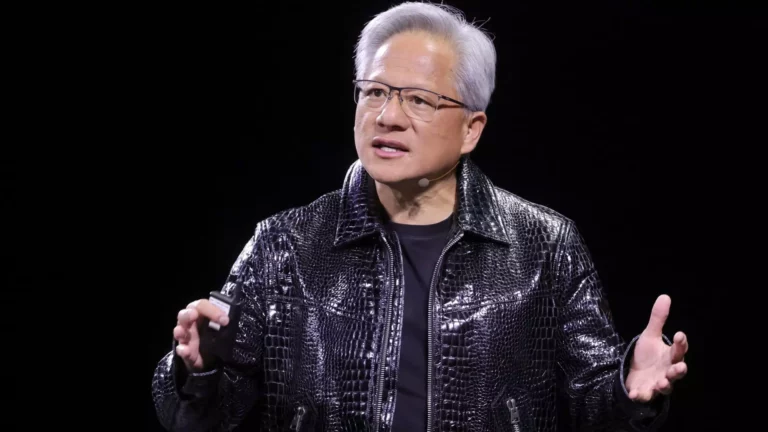Rethinking Money Markets: The Texas Capital ETF Initiative

In a financial landscape that is often too cautious to embrace innovation, Texas Capital Bank is making waves by launching a Government Money Market Exchange-Traded Fund (ETF). This initiative reflects a shift towards modernizing a classic investment vehicle amidst changing economic climates and interest rate hikes by the Federal Reserve. While the traditional money market fund has its merits, the Texas Capital ETF aims to provide liquidity and transparency that could appeal to money managers seeking better options. However, whether financial advisors will readily accept this new entry into the market remains to be seen.
Traditional money market funds have seen a resurgence since the Federal Reserve’s interest rate escalation began in 2022, with total assets swelling to more than $6.5 trillion according to the Investment Company Institute. Typically viewed as a safe haven for investors due to their stable net asset values, these funds allow individuals to engage in low-risk assets while maintaining liquidity. On the other hand, the Texas Capital ETF represents a departure from this model by not fixing its net asset value, a characteristic that raises questions about its perceived stability amidst market fluctuations.
Analyzing the ETF’s Appeal
Texas Capital’s ETF offers several features designed to entice a more diverse investor base. For one, it enhances liquidity, allowing trades throughout market hours—unlike traditional money market funds, which settle transactions at the end of each day. This flexibility could be particularly useful for day traders or those engaged in more dynamic trading strategies. Additionally, the ETF promises greater transparency, providing daily updates of its holdings that could foster confidence among potential investors wary of opaque fund structures.
Nonetheless, the ETF’s appeal might not be universal. Many financial advisors prioritize stability over liquidity, which has established traditional money market funds as the go-to instruments for risk-averse clients. As Michael Carbone, a wealth manager, pointed out, the constant market fluctuation might not meet the needs of investors looking for long-term growth. This sentiment suggests that, while the liquidity of an ETF is a significant advantage, it does not align with the cautious approaches taken by many money managers.
Investment Structure and Regulatory Considerations
Like its traditional counterparts, the Texas Capital ETF focuses on very short-term fixed-income instruments and adheres to regulatory frameworks such as rule 2a-7 set by the U.S. Securities and Exchange Commission. However, in contrast to conventional funds that strive for a constant share price of $1, the Texas ETF introduces variability in its net asset value. This aspect presents both opportunities and risks. Richard Leimgruber, a private wealth advisor, expressed concerns about the implications of an ETF that can both appreciate and depreciate in value. This unpredictability might deter conservative investors who prefer the stability of established money market funds.
Another layer to consider is the potential impact of this ETF on advisor fees. The traditional model often categorizes cash assets differently, potentially complicating fee assessments for financial advisors. This complication could make the adoption of the ETF less attractive for certain advisory relationships, as advisors may need to navigate uncharted territories when integrating the fund into their investment strategies.
The introduction of the Texas Capital ETF is indicative of a larger trend towards innovation in the money market space. With over $5 trillion allocated to government money market funds, there is a significant opportunity for new products to carve out their niche. The ETF’s competitive expense ratio of 0.20% and an enticing seven-day yield of 4.74% could attract those looking for efficient cash management options.
Yet, as Jeff Schwartz of Markov Processes International suggests, any hidden risks associated with the ETF could quench enthusiastic reception. The varying structures of liquidity and trading dynamics may not fit every investor’s profile, especially when considering the overarching need for reliability in investment strategies.
Moreover, certain segments, such as model portfolios or fund-of-fund strategies that lean toward ETFs, may welcome the Texas Capital ETF more enthusiastically. As financial technology evolves, adaptability remains paramount, and firms exploring various asset classes may find themselves more inclined to incorporate newer instruments into their mutual strategies.
Texas Capital’s initiative to introduce a Government Money Market ETF into the marketplace represents an audacious attempt to modernize an established investment tool. The potential benefits of liquidity and transparency juxtaposed with traditional safety produce an intriguing proposition for investors. However, as financial advisors weigh their options, the fundamental question remains: will the industry’s hesitance towards change allow this innovative vehicle to thrive? Only time will tell if Texas Capital can redefine the money market landscape amidst the inherent trepidation surrounding new investment vehicles.





